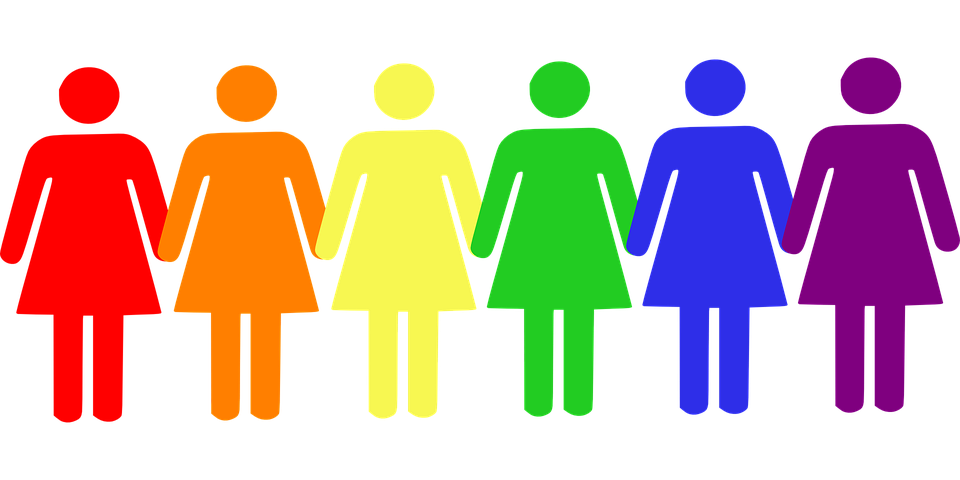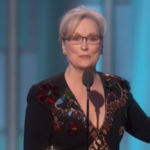Feminism is equality: equality of opportunity, of treatment, of status and the freedom of choice. However, none of this can hold any water until you account for intersectionality. Intersectional feminism is feminism that responds to specific issues that cannot be separated from a gendered oppression. These issues include such things as racism, colourism, caste-ism, challenges to sexuality and sexual identities, disability, religious practices, harmful practices rooted in certain cultures, economic challenges and such.
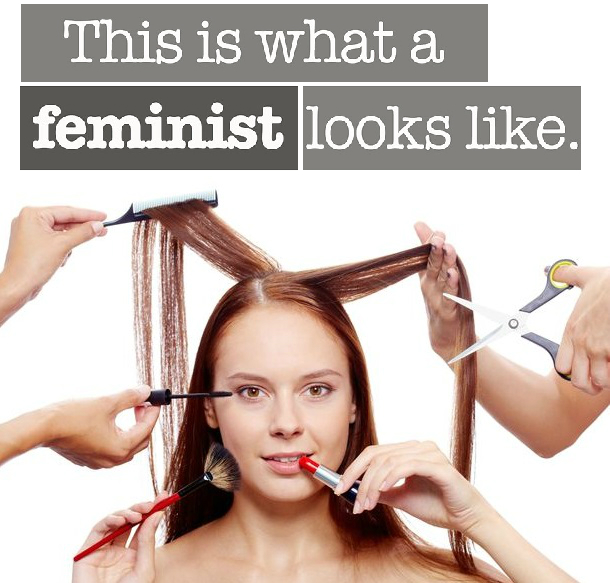

Look at this through the narrative of a Dalit Woman.
If feminism was not intersectional and looked at her from a choice-consequence dimension, it would view the Dalit Woman as one identifying as a Woman; as one who is vulnerable to violence; as one who is, well, like other women. Intersectional feminism, however, would see her differently. Vulnerable as a woman, disenfranchised as a caste, marginalized as a caste, isolated and oppressed in society and therefore, even more vulnerable than most other women. And there are numbers, facts, stories and truths to back this correct understanding of a Dalit Woman’s position. There is enough and more in the form of evidence to show you exactly how Dalit Women are exploited, oppressed, discriminated against, isolated and vulnerable to violence. In a nutshell, not only are they dominated over by men in the power relations of a patriarchal social order, but are also fighting against a toxic hegemonic pillar of power in the form of caste, and coping with the poverty that comes in with a progressively divisive class system. This establishes the circumstance.
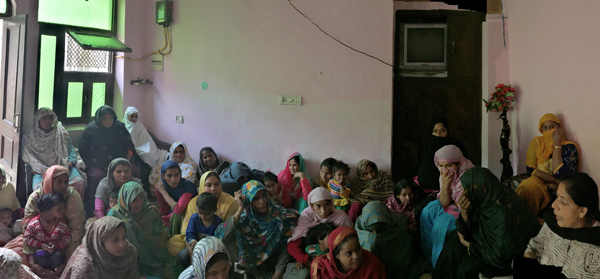

Let’s say a Dalit Woman and a woman from a caste and class that are higher up (let’s call her privileged woman) in the hierarchy are brought into the mix. Let’s just say that the both of them have aspirations for their lives ahead, and let’s say that they aspire to pursue a course that would make them Mechanical Engineers. (If you raised an eyebrow, check your privilege and break those limiting stereotypes inside your head). The Dalit Woman is encumbered by the burden of a system that started with her exclusion: she had no access to education that would suitably enable her to attempt the entrance exam, which, by the way, is administered in English. But the privileged woman has had the benefit of school, extra classes and access to resources online. They take the test. The privileged woman makes it, but the Dalit Woman doesn’t. Strike one. She still harbours some hope, that she will make it in the quotas that have been reserved for a range of castes and classes. But no, she is among the last few in the pecking order, and therefore, waits, and waits, and waits. Strike two. Almost like an afterthought, she is sent an admission letter – a rarity, for many of her caste are left at the bottom of the pot. But the fee she is expected to pay is the next new hurdle in her path. Where can she afford to pay a year’s tuition if her family can’t scrape enough to afford a square meal? Strike three. This shows you how constrained choice truly is.
These “choices” are not choices. And so, even without the right to make a choice, she has to bear consequences.
It is not going to be without challenge: because what you assumed was your norm at one point can come in question at another – and what you take for granted in your language, mannerisms or interactions with other people, might have been inappropriate all along. But if you took it as a learning curve, a constantly evolving journey towards being a better person, checking your privilege might come naturally.
About the Author
Kirthi Jayakumar founded and runs The Red Elephant Foundation. She is a peace and gender equality activist, an author and an artist. She also runs a project called Femcyclopaedia on Instagram, where she doodles portraits of inspiring women in HerStory.
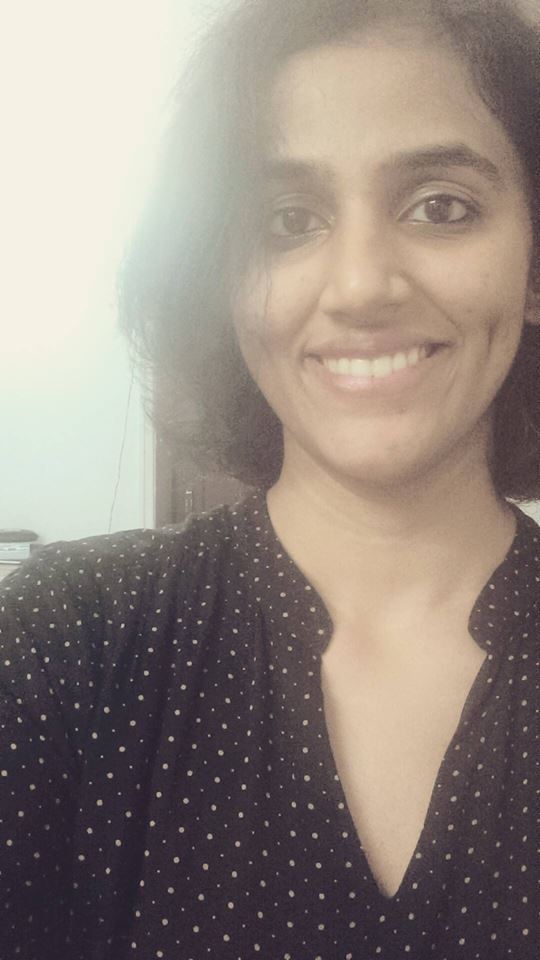

Looking forward to your participation for #BlogWithUs, you can mail us your entries at WriteWithUs@csrindia.org.



